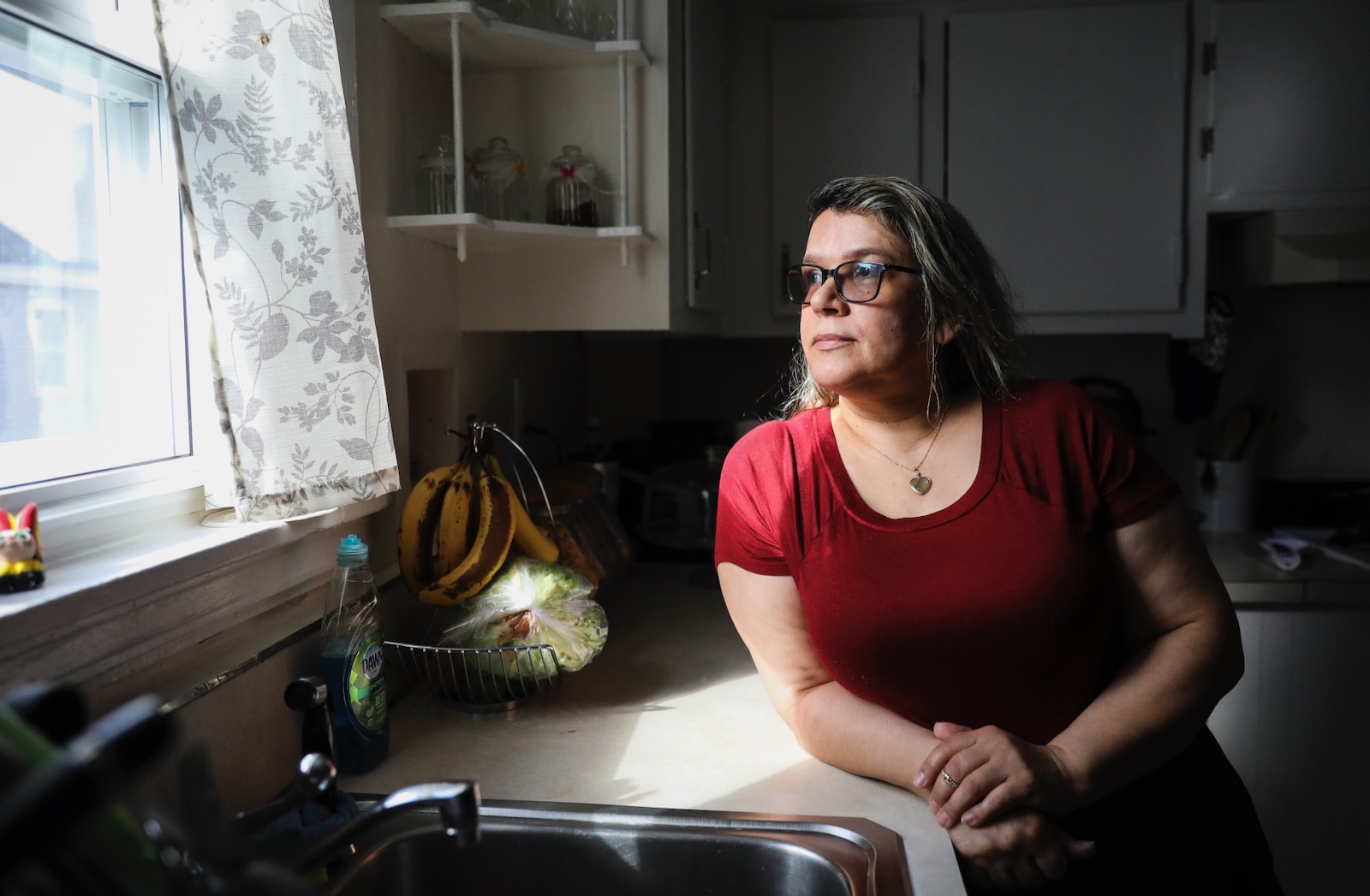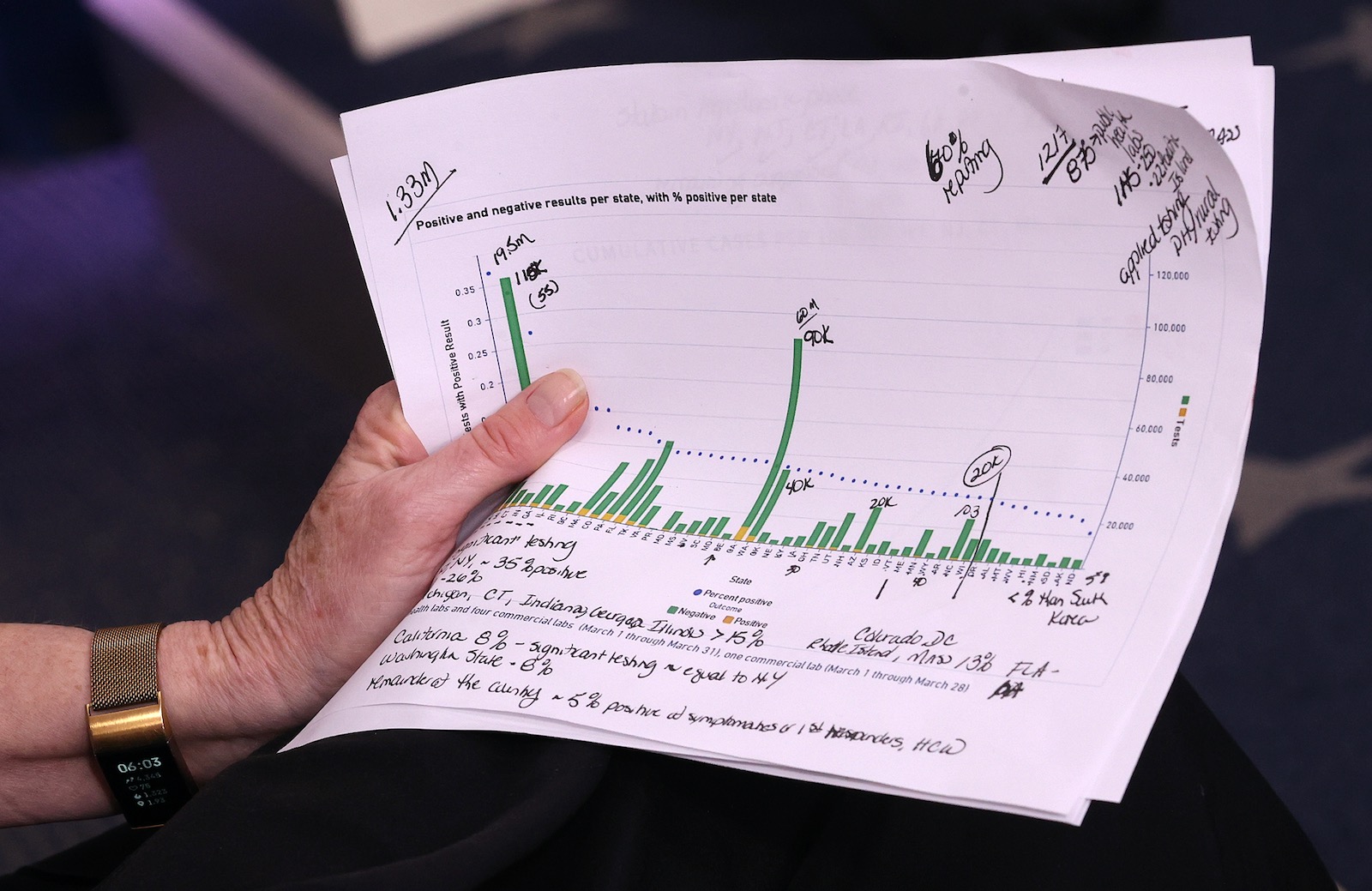The Covid-19 pandemic has led to an unprecedented global health and economic crisis, with unprecedented government responses. With the deficit-to-GDP ratio already at 5 percent before the pandemic, a record for the US in peacetime with near full employment, that deficit has now already tripled, to at least 15 percent—and negotiations are underway for a fourth package that would send it still higher. This is all well and good: when you go to war, you don’t ask, “Can we afford it?” And we are at war with this terrible virus. But that doesn’t mean that resources aren’t scarce. We must think carefully about priorities, about how to spend money well so that we are in a position to emerge from the pandemic quickly, with the kind of twenty-first century economy we would like to have.
The aid packages that Congress has passed have—after a lot of haggling—reflected reasonably well what our priorities should be: first, contain the pandemic; second, help the most vulnerable; and third, set the stage for a strong recovery. But there are still some big gaps. We don’t want sick and contagious people going to work, and that means we have to have paid sick leave. Congress recognized this but, at the behest of large companies, exempted 80 percent of all workers—all those working at firms with over five hundred employees or under fifty! That is unconscionable.
Similarly, we don’t want undocumented workers going to work, or not getting treated, for fear of deportation. The Trump administration recognized this, putting ICE actions on hold, but no commitment was made not to use information gathered from treatment for future deportations. We recognized that hospitals were in desperate need for funds, but states have had to provide health care with the pittance they’ve received from the federal government—not enough even to cover the additional costs imposed by the pandemic, let alone to deal with plummeting revenues. Because states have constitutionally mandated balanced budgets, unless there is help from the federal government, there will be cutbacks in health, education, and basic welfare services—imperiling the most vulnerable and diminishing prospects of a strong recovery.
There are other gaps in protecting those most in need, some which have only become clear after the legislation’s passage. With so many Americans living paycheck to paycheck—with less than $500 in their bank accounts—it is imperative that money gets to them quickly. The president promised “two weeks.” It took two weeks to pass the legislation, and now the US Treasury Department says it will be another three weeks for those who filed tax returns this or last year. But for those who didn’t—and these include the poorest Americans, because their income was so low that they didn’t have to pay taxes—it now looks like it may be months. Other countries, such as Argentina, have been able to get money to their citizens in three days. The deficiencies in our system of social protection have become starkly evident.
While most of the economy is on hold, one part that doesn’t seem to be is the banks. They’re still demanding to collect interest, and increased fees to manage the disbursement of the loans to small businesses—1 percent, meaning some $3.5 billion, while bearing no risk. The consequences of not having a stay on credit card and car debt are obvious: cars will be repossessed, and in a country with such poor public transportation, that will make it difficult for many people to get to work and a return to normalcy all but impossible. With so many credit cards charging usurious interest rates and fees—annual rates in excess of 25 percent—without such a stay, families will emerge from the crisis with unmanageable debt burdens; and this, too, will slow the recovery. With all their money going to servicing their debts, Americans won’t be buying much. The bank-friendly 2005 bankruptcy bill makes it all the more difficult for American families to discharge their debt—far harder, for instance, than it was for the president to walk away from his millions of dollars in debt.
In the most recent bill, there were important provisions providing money to small businesses and not-for-profits (with a couple of sneak provisions allowing large hotel franchises to fall within the ambit of the program)—but hardly enough money, and with insufficient capacities of the banks to administer the program, to disperse funds quickly. The reported snags in the US should be contrasted with the smooth sailing in Switzerland, where funds went out to small businesses in just a few days. With no strategic prioritization, and with some estimates putting the needs in excess of twice the amounts allocated, there will be a scramble. Will it be first come, first served, until the money runs out? Will the Small Business Administration, or the banks, for that matter, have the administrative capacity to disperse funds quickly? Will the D.C. swamp swallow the program, with the politically connected going to the front of the line? We simply don’t know.
Advertisement

Erin Clark/The Boston Globe via Getty Images
Vanderleia da Silva, a fifty-three-year-old house-cleaner and undocumented immigrant from Brazil who has lost all of her clients, but will be ineligible for any payment under the Congress’s $2 trillion stimulus plan because of her immigration status, Medford, Massachusetts, March 24, 2020
It’s in the last category—preparing the economy for a quick emergence from the pandemic—that matters are most unsettled. There’s a growing consensus that there won’t be the quick V-shaped recovery, with a bounce back as vibrant as the plunge downward was precipitous. That’s partly because, contrary to the administration’s initial claims, the economic shutdown is going to last much longer than a couple of weeks. The longer it lasts, and the more glaring the deficiencies in the “rescue package,” the harder it will be to recover quickly.
Balance sheets of households and firms will be greatly weakened; breadwinners and key personnel will have died, and many firms will go out of business. They won’t come back to life when the pandemic ends. Many households and companies will face a liquidity crisis—bills will have piled up while revenues have plummeted. The rescue package got money to big corporations, clearly demonstrating the priorities: those with the best lobbyists got the most money on the best terms. Research universities and big not-for-profits, serving a needy clientele, couldn’t compete. Their revenue streams are being eviscerated, their endowments have plunged. The cutbacks in jobs will show up in the unemployment statistics, but the deeper effects—on our economic growth and social fabric—won’t be fully apparent for years to come.
There’s a growing consensus that the current measures won’t suffice in either caring for the vulnerable or ensuring a strong recovery, so discussions are underway for a fourth package. But as the scarcity of resources becomes (or should become) more evident—after all, US GDP will almost surely fall more this year than it has at any time since the Great Depression—we have to have keep in mind what is likely to engender a strong recovery and be inspired by a vision of what kind of economy we want post-pandemic.
One idea circulating is a large infrastructure program. The administration has repeatedly tried to use the pandemic to advance its own political goals. It tried to use the third package to create a half-trillion-dollar slush fund for businesses—with no accountability, no transparency. It appears that it is now trying to use the fourth package to do what it failed to do for the previous three and half years: build the infrastructure that the country desperately needs.
In the 2008 crisis, there was rightly an emphasis on the spending being “timely and targeted,” with strong accountability. The same should apply here, only more so. Then, we saw how difficult it was to find “shovel-ready” projects. Typically, the shovel-ready projects aren’t those that really fill the economy’s deep infrastructure needs. And after the administration openly attacked the idea of an inspector general who was put in place to oversee funds for the big corporations, and then brazenly appointed someone from the White House as the Inspector General to oversee Treasury, we can confidently predict that any infrastructure funding will not only lack transparency but will be used to reward Trump’s friends. We need infrastructure, and we especially need green infrastructure, but a Covid-19 recovery package is not the place to get it.
That’s a first lesson for this fourth package: Congress has to set priorities, limiting the administration’s discretion. Fundamentally, and sadly, the administration can’t be trusted either to set the right priorities or to provide assistance based on principles of good governance, rather than political expediency.
Those priorities have to be set with an understanding of the three major crises the country was facing before the pandemic: an inequality crisis, a climate crisis, and a health crisis (which has seen Americans’ life expectancy decline to a lower level today than it was in 2016, before Trump took office). All this has to be accomplished remembering the lessons we should have learned from the 2008 bailout and the 2017 tax bill: simply giving more money to corporations doesn’t result in higher growth, more investment, or higher wages; it results in more share buybacks and higher CEO pay. Any money to the big corporations and banks has to come with “conditionalities” on how the money is used and how the corporations behave.
Advertisement
So here are my priorities: when there is a crisis we turn to government—as we did in 2001 and 2008. But for the past forty years, we’ve been underfunding government—including spending that prepares us for crises and disasters—and that’s made our economy and our society less resilient.
Moreover, we’ve been too “short-termist,” both in the public and private sectors. Banks were focused on their immediate profits, creating a financial system that was systemically fragile—and it was only through a taxpayer-funded bailout that the economy was saved. Car companies stopped providing a spare tire, which saved money in the short run but left drivers stranded when they got a flat. We prided ourselves on the efficiency of our hospitals, with nary an unused bed or ventilator—that was fine as long as we didn’t have a surge in demand, as we now do. The Trump administration allowed the stockpile of medical supplies to remain depleted, and the ventilators in storage not to be serviced—leaving the country totally unprepared for today’s pandemic. The underfunded Centers for Disease Control and Prevention have done what they could, given their underfunding. The scientific community has done a remarkable job, in spite of its underfunding.
So the first priority is to restore our balance: provide more funding for the public sector, especially for those parts of it that are designed to protect against the multitude of risks that a complex society faces, and to fund the advances in science and higher-quality education, on which our future prosperity depends. These are areas in which productive jobs—researchers, teachers, and those who help run the institutions that support them—can be created quickly. Even as we emerge from this crisis, we should be aware that some other crisis surely lurks around the corner. We can’t predict what the next one will look like—other than it will look different from the last.
Many households and business will face a liquidity crisis. Big, well-managed corporations should have no problem getting access to credit markets. But many corporations, of course, are not well-managed. That became even more obvious after the 2017 tax bill gave those companies the opportunity to build up their capital buffers in order to make themselves more resilient. Many chose instead to engage in massive share buybacks. But that means their shareholders have already been amply rewarded. They certainly don’t need another gift from hard-pressed taxpayers. If some corporations don’t make it, there is Chapter 11 of the bankruptcy code, which preserves the corporations and their jobs, but makes shareholders and executives pay a price. That’s the way it should be under capitalism: with high rewards comes risk, responsibility, and accountability.
It’s the small businesses—a major source of employment—I’m more concerned with. Even when they’re well-managed, they typically have limited access to capital. That’s why the program in the recent aid package is so important; it now needs to be expanded, with special attention to widening capacities to get funds to those who need it quickly, accompanied with stronger oversight and transparency.
A third priority is remedying the big gaps in the earlier programs, the consequences of which will quickly come back to bite us: assistance to state and local governments and large non-profits, universities, research institutions, and so on. A fourth priority should be to use this funding to help restructure the economy: we shouldn’t be rescuing cruise ships; we should be helping small companies that install solar panels.
And we should be trying to put the money where it’s really needed. Even otherwise-deserving companies owned by wealthy venture capital firms are not really in need of funds; nor are the large hotel chains. If they have a good business model—that is, if their future prospects are sound—they should be able to raise money on their own. They don’t need more government help, beyond the myriad tax breaks they have already received.
Finally, we should think about what sectors of the economy are most important for our future. One of the themes of my recent book, People, Power, and Profits: Progressive Capitalism for an Age of Discontent (2019), is that the reason we have a much higher standard of living than we did 250 years ago is the advance of science. This, along with the institutions that enable it, most importantly, our research universities, are the basis for the wealth of nations, to borrow the title of Adam Smith’s treatise of 1776. Countries don’t get rich from more or bigger gambling casinos, real estate empires, or even financial sectors. They get rich from scientific discoveries and advances in technology based on those discoveries.
As catastrophic as it is, the Covid-19 pandemic offers a moment of reflection. In medicine, pathology provides insights into how the body usually works by showing what happens when something interferes with normal functioning. We’re gaining some keen insights into how both our politics and our economy have been working, or not working, and a picture is emerging of what needs to change. Some see this as another opportunity to throw money to big corporations. We should set our sights higher. If we do, perhaps we can emerge from the crisis with an economy and society that are stronger than before.




